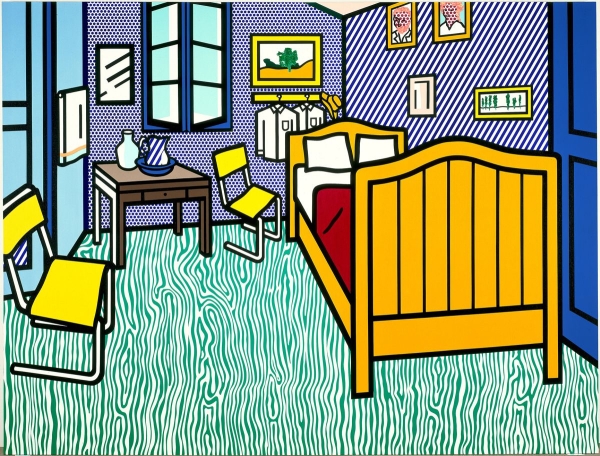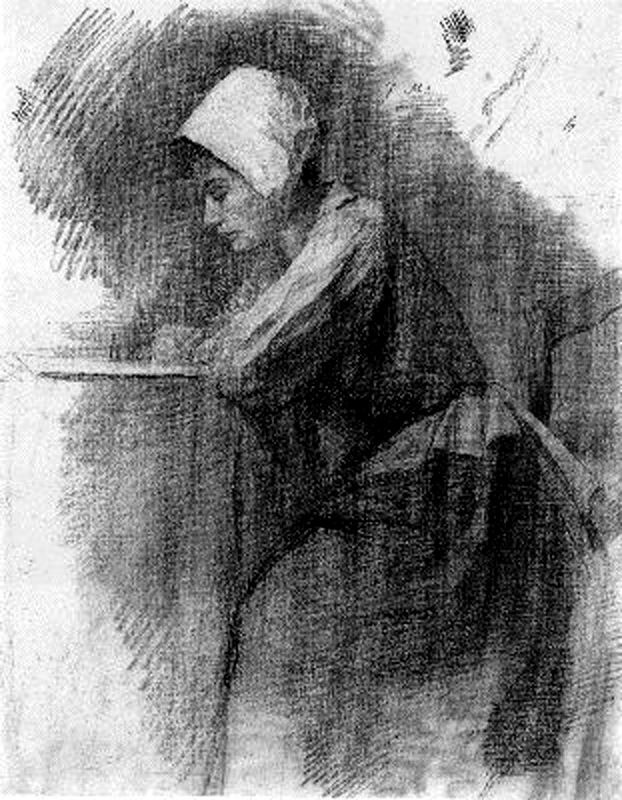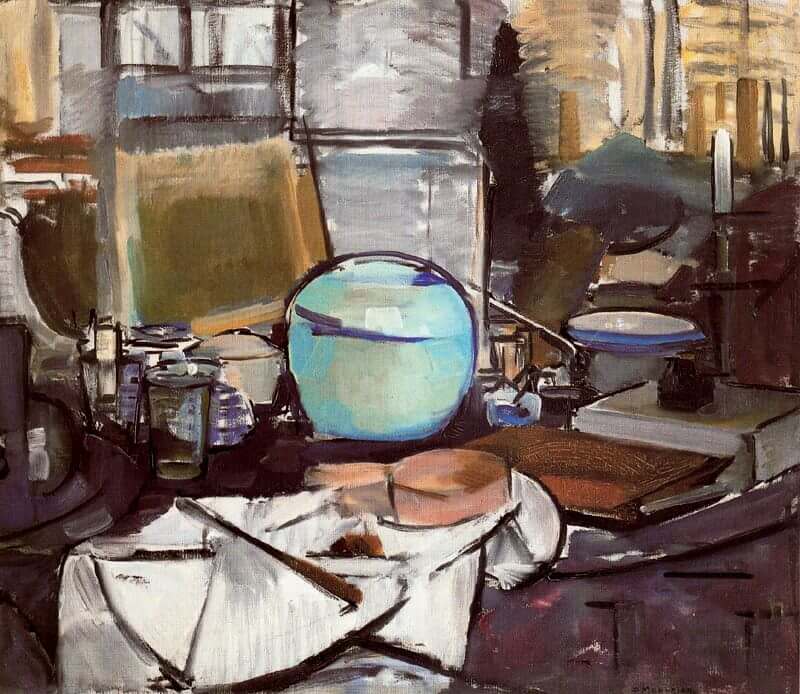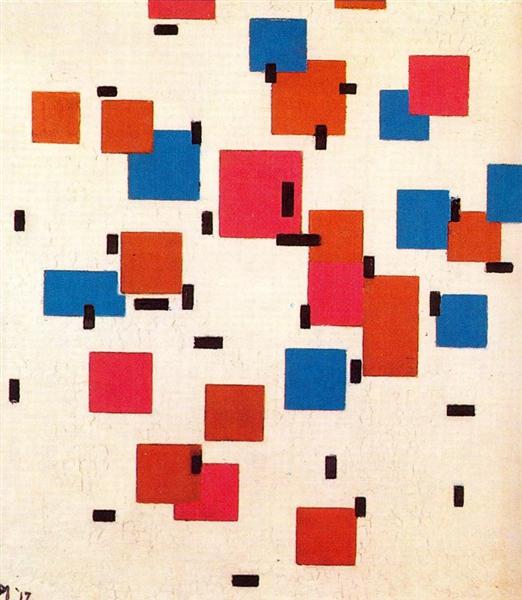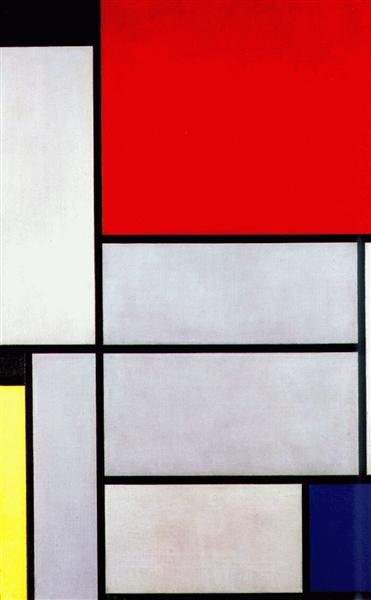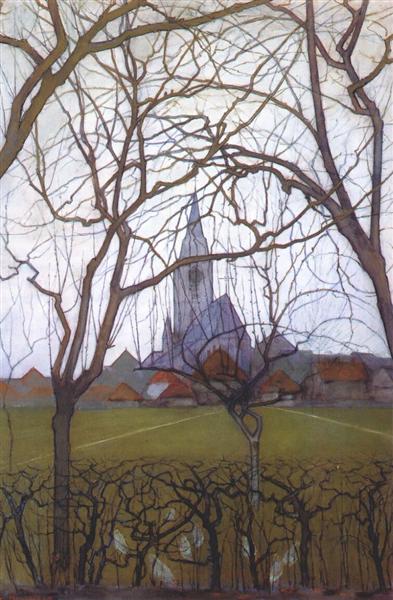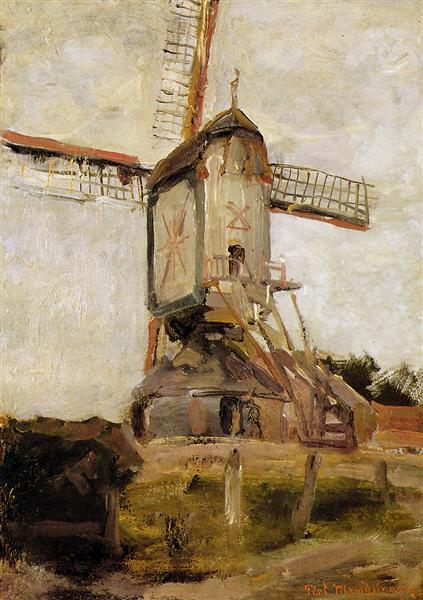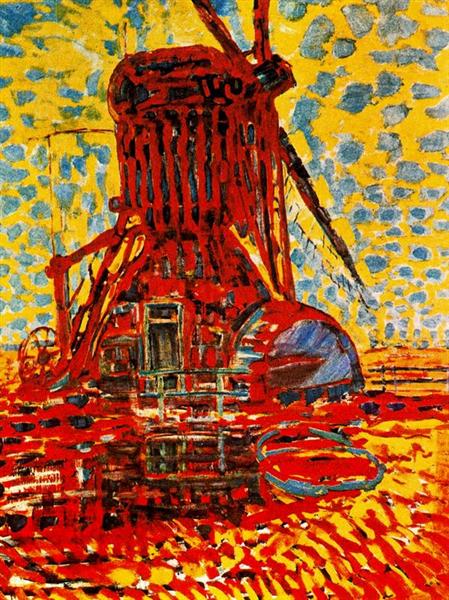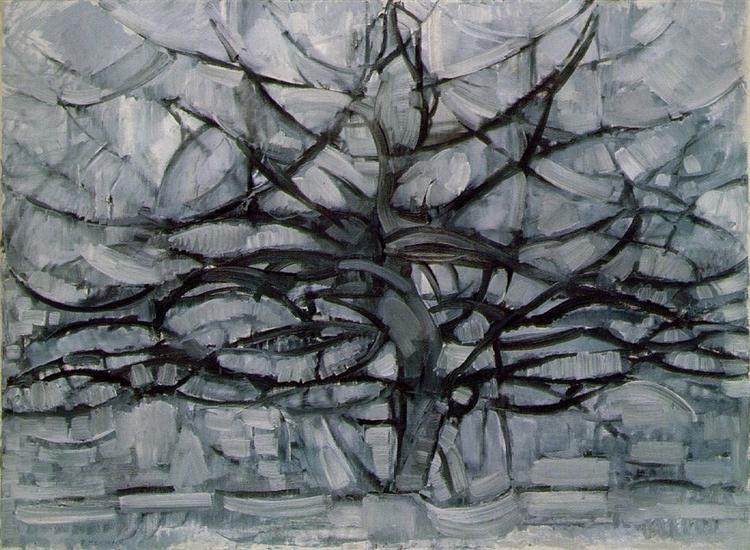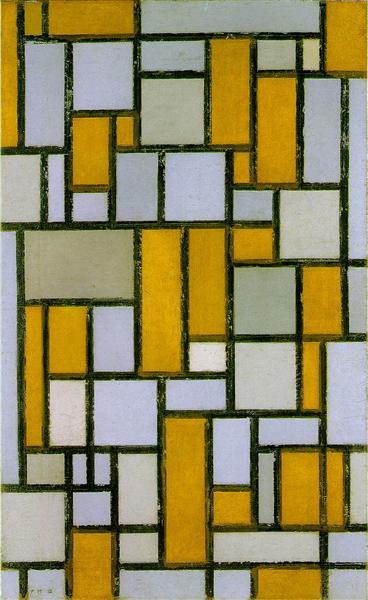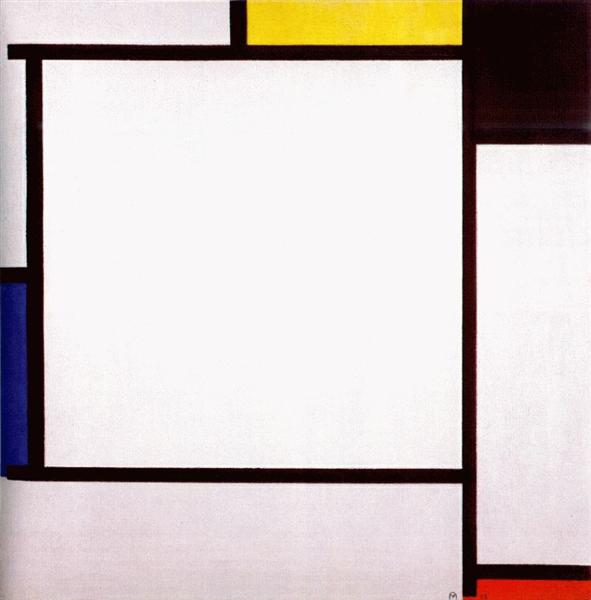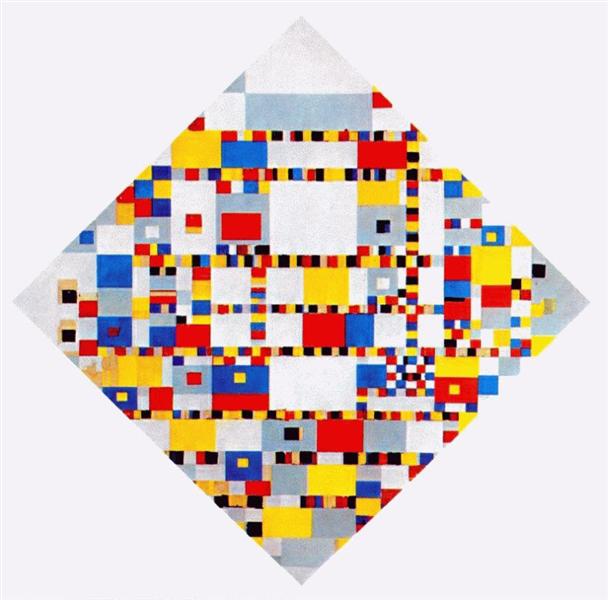Television Anime Shows are today’s main form of Japanese animations, they always play a new episode every week and most of the TV Anime’s total time-length is about four months, some works can be much longer such as Naruto. However, this anime form is facing serious challenges in the coming future because of both the external and internal factors. For example, new animators are hard to grow up in the current industry. On the other hand, more and more original anime works are made in the type of Anime Movie. TV anime’s market is further occupied by this similar art form. At this critical moment, how could the Japanese TV Anime further develop and have as much market as possible in future industrial competition? To explore my hypothesis, I will first research the industrial environment and TV Anime itself to find what the industry itself shortcoming needs to improve. Comparing, afterward, my research of the changing TV Anime and the Anime Movie to further explore the possible transformation and development of future TV Anime.
Young Generation Needs Better Work Conditions
Anime industry must first improve the current work environment to reduce the living pressure on the anime artists of the young generation. “According to the Japanese Animation Creators Association, an animator in Japan earns on average ¥1.1 million (~$10,000) per year in their 20s, ¥2.1 million (~$19,000) in their 30s, and a livable but still meagre ¥3.5 million (~$31,000) in their 40s and 50s. The poverty line in Japan is ¥2.2 million” (Eric, Margolis), we can see the slave-like salary is an average industrial standard. The animator and other labourers who work in the industry, especially the newcomers, have to face the unimaginable amount of works while living in poverty. This public “industrial secret”, however, is caused by the exploitation in the industry because “a recent report by The Association for Japanese Animations indicates the industry’s worth as a whole topped over ¥2 trillion in 2017 — a new record” (Matt, Schley). It is obvious to see that the overall value of the industry has not been fairly allocated to workers. The companies must have largely discounted the value of underlying labours because the employee’s job benefit do not have any improvement during this positive trend of the industry, especially by comparing to a decade ago that Alex Marttin noted: “a monthly wage of ¥94,000 at best — for an average of 250 hours of work — until an artist gets to handle keyframes or storyboards”(Alex, Marttin). Even Yasuhiro Irie, who the Representative Director of Japan Animation Creators Association, warns that “Production companies need to devote themselves to paying young animators properly as they improve. If they don’t, in some 10 or 15 years, there will be no animators” (Matt Schley).
The Conflict of Intra-Industry Must be Noticed
TV Anime company must solve the hostile relationship between the senior and junior employees. Resources are all monopolized by the old practitioners; however, they do not fairly treat the successors and the poor salary is impossible to support the new anime makers to grow up by themselves. Kemono Friends 2, by Ryuuichi Kimura, is the most unfortunate example resulted from this internal confrontation. Tatsuki, as the director of the younger generation, with his studio Yaoyorozu created the miraculous success of Kemono Friends which the first season. However, “TATSUKI reported in September that, per a notification from publishing and production company Kadokawa, he is no longer working on the Kemono Friends project. Soon after, the anime’s official website announced that the studio Yaoyorozu would no longer be involved. Producer Yoshitada Fukuhara confirmed in December that Yaoyorozu will not return” (Karen Ressler). Tatsuki and his studio were unilaterally removed without given any public reasons. The truth was believed as the internal conflict in the company because “Kadokawa’s statement (translation via u/kjwffr on Reddit)on the matter was conciliatory in tone, trying to recast themselves as nice guys trying to keep the band together, as the mean old animation studio stubbornly insisted ‘no way’”(David Cabrera). I have never imagined the decadence of TV Anime industry has been so serious until seeing this young generation team almost had no right to voice for their efforts and achievements. The old in power only seeks for the short-term benefits; they used the popularity of the first season to attract a lot of business cooperation and made a fortune while the broadcast of the second season. Nevertheless, this has seriously damaged the reputation of Kemono Friends because its all original plots and settings have been all discarded to erase the existence and influence of Tatsuki and his Yaoyorozu. Due to the suddenly increased interests and audiences, today’s Japanese TV Anime industry has lost its way. The newcomers need to be treated friendly and trained well by the experienced seniors but not work like tools for the company. The interests struggle between the senior and junior within the industry must be solved peacefully, otherwise, TV Anime will lose its artistic value as artwork and become a fast-food culture that only serves audiences with temporary entertainment in modern decades.
The Potential Advantages of TV Anime
To defeat Anime Movie, TV Anime must further develop its unique characteristics to the practical advantages. Like what Brown Steven T said: “If the film truly produced a perfect digital simulation of cinema, no one would see it as different from cinema. In other words, the digital film must repeat cinema with a difference” (Brown, 172), the digital film, the anime, must find its style and unique selling point to be independent and successful. This principle is fit for any artworks including both the TV Anime and Anime Movie. Especially, because Anime Movie and TV Anime are the similar industries and TV Anime’s independent work quality is hard to achieve the level of Anime Movie, TV Anime must find its market range by further developing the strength characteristics. In terms of a more practical situation, the commercial market, TV Anime must have a strategy to express its value through its distinctive conditions. The long periodic broadcast is an excellent choice among TV Anime’s characteristics for attracting investment. Not like the movies usually end in a few hours, and with an uncertain sequel, TV Anime has much longer broadcast allocated to each week in the months. This does not only provide TV Anime producer with the opportunity to read the feedback from audiences, but also build a perfect carrier for commercial advertisements. A few months of collaboration is the best news for the capitalists because the audiences will remember what their products are after a few times of repeatedly play in each week. This is one of TV Anime’s biggest advantages in contrast to Anime movies. Because many people cannot remember what the advertisement talked about after just played once, but if let them sit in the theatre to watch the repeated advertisement before playing movies, they will hate this product just like me hating Subway caused by its crazily repeated advertisement on the YouTube. Furthermore, the long-term cooperation between manufacturers and TV Anime even had created a new form of anime, the Short-Length Anime that “The three-minute length gives ample room to develop content with a strong storyline, in contrast with the standard television commercial format, which is too short for such story development since it is generally limited to just 15 seconds.” (Takashi Muto). Although it has developed and differentiated into various types, the most initial and now the main type still looks like traditional TV Anime. Usually, the short anime still weekly plays a new episode and has simple story development. This TV Anime targets at letting the audience remember the brand or the original comic, but it gives the main content to the creative animation story. For example, Teekyu, “The animation announcement came five months after the manga was first published, the fastest manga-release-to-anime-announcement time that Earth Star Entertainment has ever had” (Egan Loo). Each episode of the anime is about 2 minutes long and until now the series has had nine seasons. The TV Anime brings unimaginable sales increase of the original comics, and it has received a 12-episode anime adaptation in 2016. The cost and risks of investment are the biggest issues for making Anime Movie, however, this Short-Length TV Anime does not need to worry about it. This form of TV Anime can achieve the high-return through the step by step development and operation with only little risk at the initial investment that only loss little even if it fails.
TV Anime Needs A Revolutionary Change for Its System
In conclusion, I think the biggest problem for the development of TV Anime is the internal work system in the industry. At the most beginning, I thought the growing Anime Movie was the main threat of future TV Anime, however, I changed my mind, after researched the never involved industrial darkness. The slavery-like intra-industry can no more support TV Anime in the increasing market requirement and the newcomer should have a better working environment because they are the future. I even feel like this industry has no hope if the revolutionary transform did not happen.
Annotated Bibliography in “Japanese Television Anime Needs Self-help”
Alex Martin. “Future of
‘anime’ industry in doubt”. The Japan Times. The Japan Times Ltd. Mar 4, 2009. Web:https://www.japantimes.co.jp/news/2009/03/04/national/future-of-anime-industry-in-doubt/#.XdfmzehKhPa
Brown, Steven T. Cinema Anime: Critical Engagements with Japanese Animation. Palgrave Macmillan, 2006. EBSCOhost, search.ebscohost.com/login.aspxdirect=true&db=cat02755a&AN=cul.b1059405&site=eds-live&scope=site.
David, Cabrera. “What Was
Kemono Friends?”. Nov 9, 2017.https://medium.com/@sasuraiger/what-was-kemono-friends-75a16f319510
Egan, Loo. “Crunchyroll to Stream Teekyū Anime About Girls’ Tennis Team”. Animenewsnetwork. Oct 11, 2012. https://www.animenewsnetwork.com/news/2012-10-11/crunchyroll-to-stream-teekyu-anime-about-girls-tennis-team
Eric, Margolis. “The dark side of Japan’s anime industry”. Jul 2, 2019, 8:30am. https://www.vox.com/culture/2019/7/2/20677237/anime-industry-japan-artists-pay-labor-abuse-neon-genesis-evangelion-netflix
Karen, Ressler. “Kemono Friends Director Tatsuki Reveals 2nd ‘Hentatsu’ Anime Short”. Animenewsnetwork. Feb 28, 2018. https://www.animenewsnetwork.com/news/2018-02-28/kemono-friends-director-tatsuki-reveals-2nd-hentatsu-anime-short/.128378
Matt, Schley. “Younger animators still struggling amid anime boom”. May 8, 2019. https://www.japantimes.co.jp/culture/2019/05/08/general/younger-animators-still-struggling-amid-anime-boom/#.XeqWrehKhPY
Takashi, Muto. “Harnessing the Power of Anime as an Outstanding Marketing Solution”. https://www.dentsu.com/news/ideas/harnessing_the_power_of_anime.html









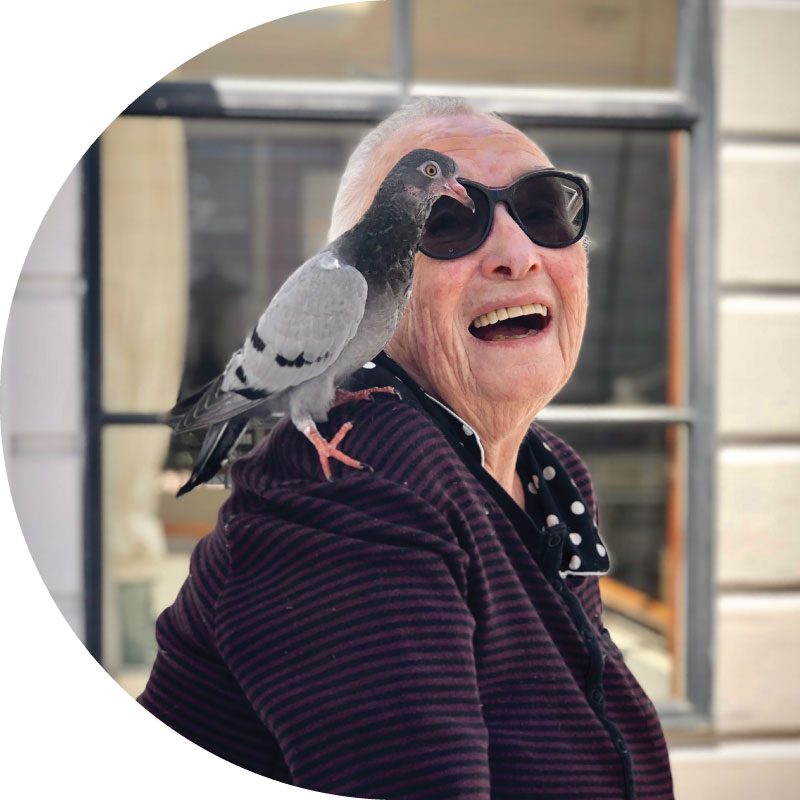




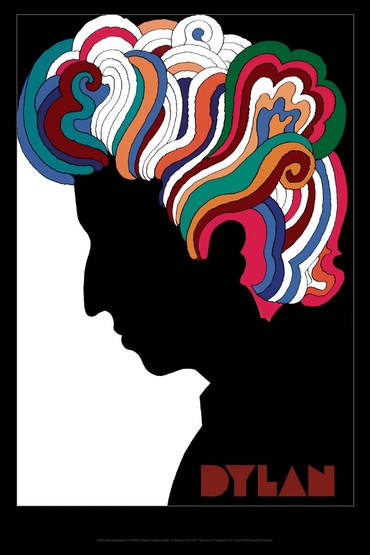


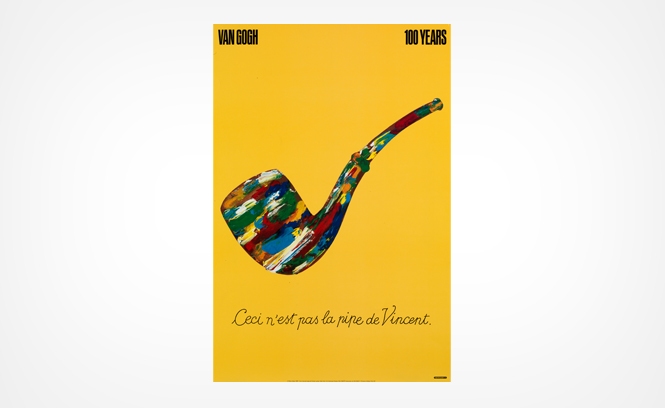
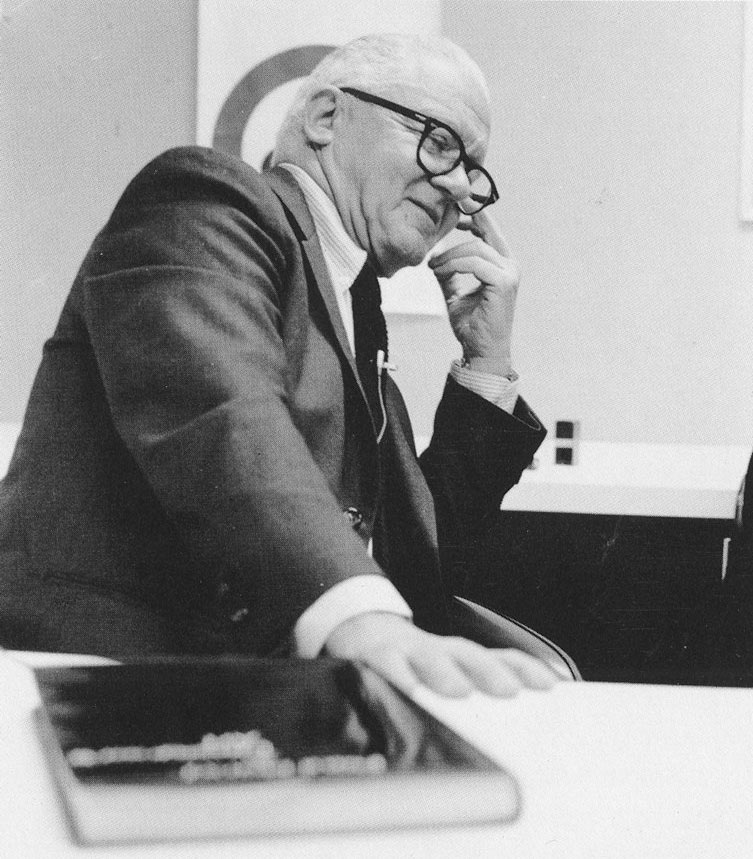

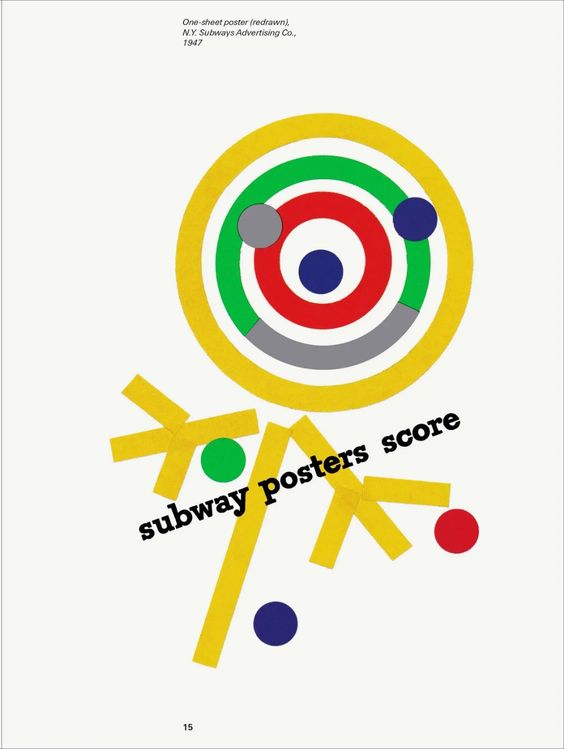
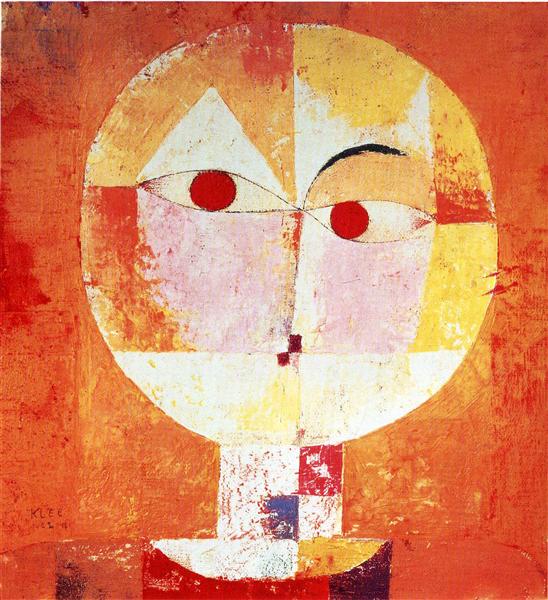


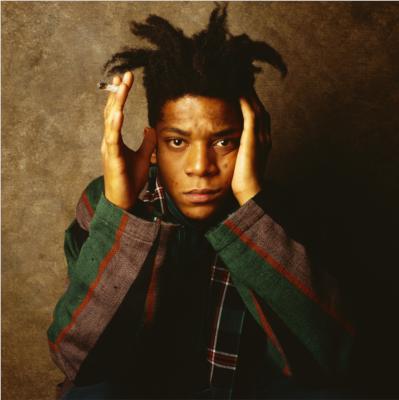
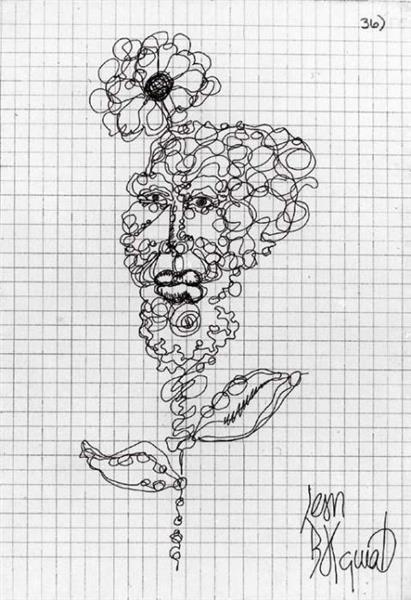
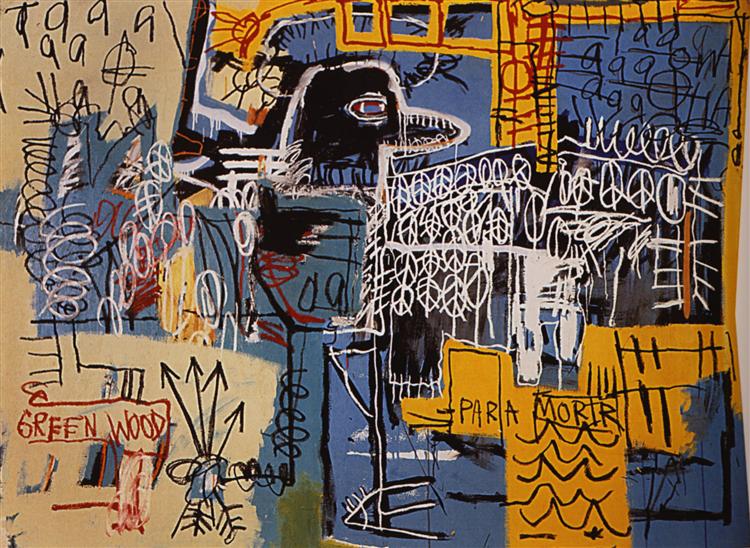
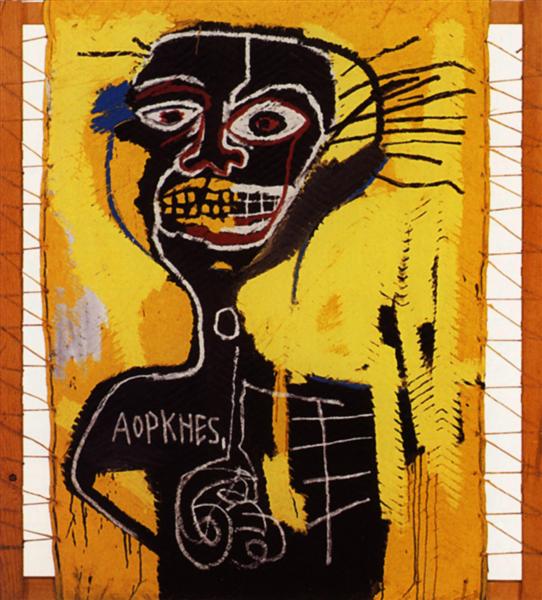
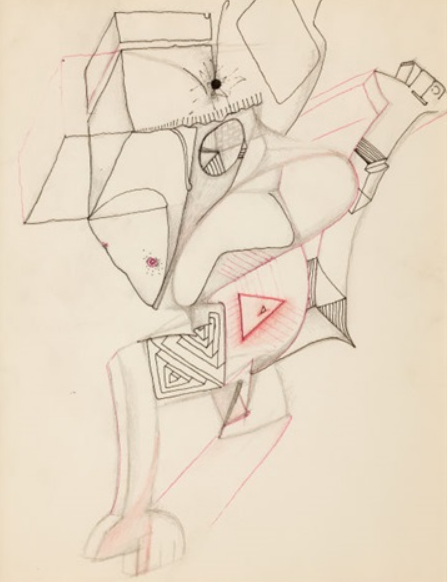
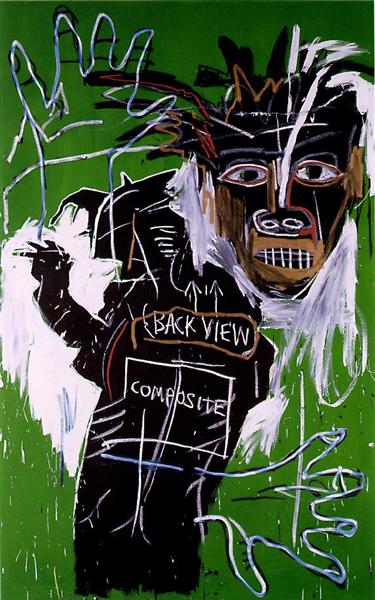
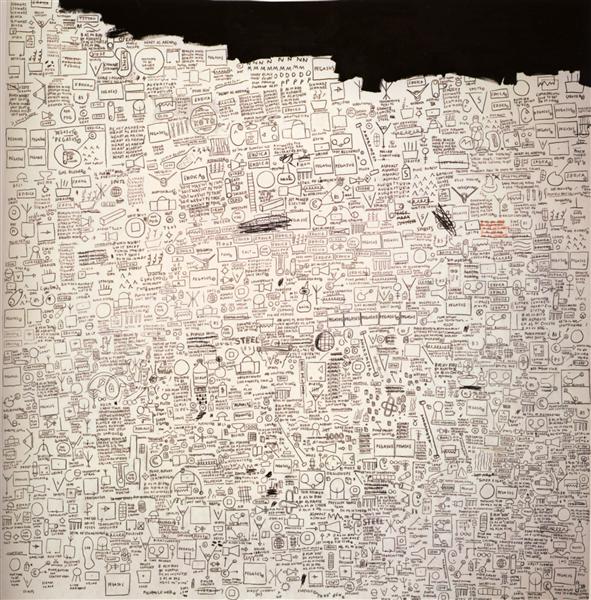
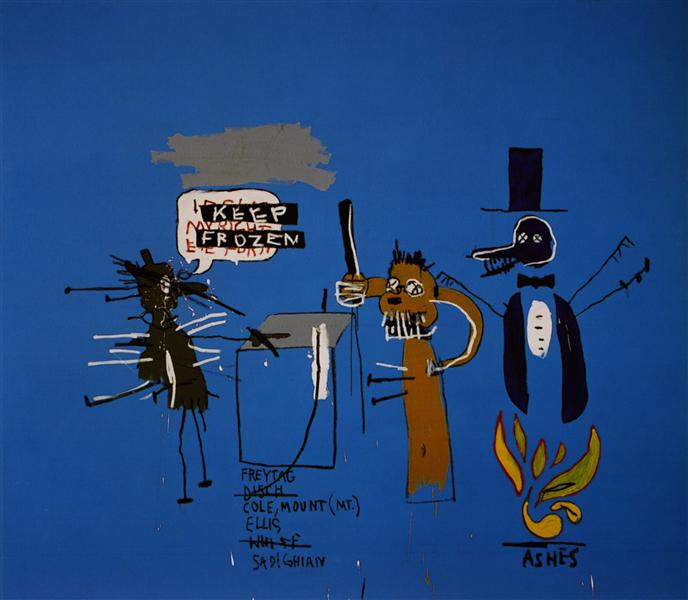
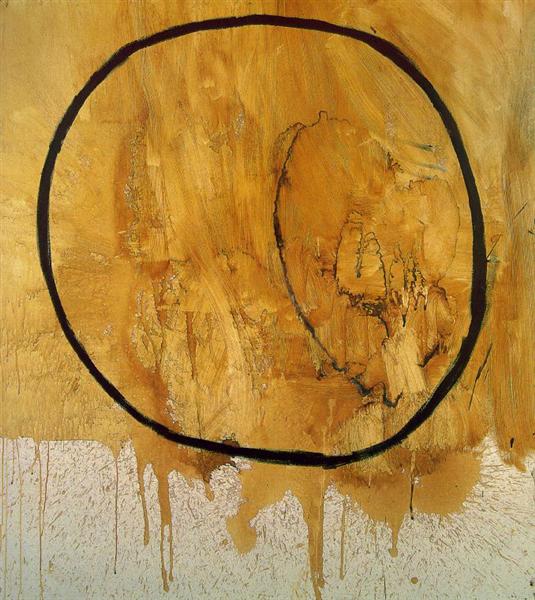
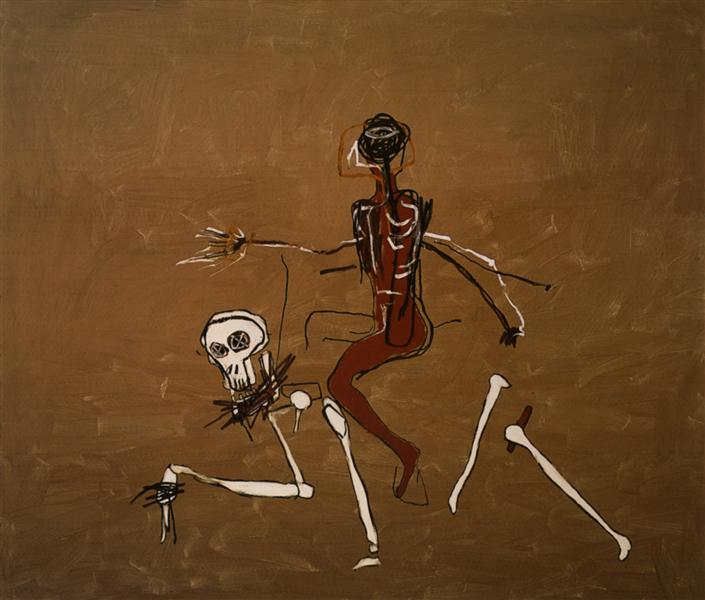
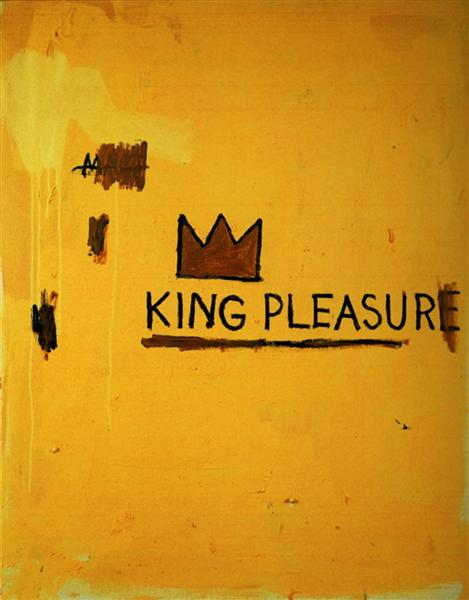
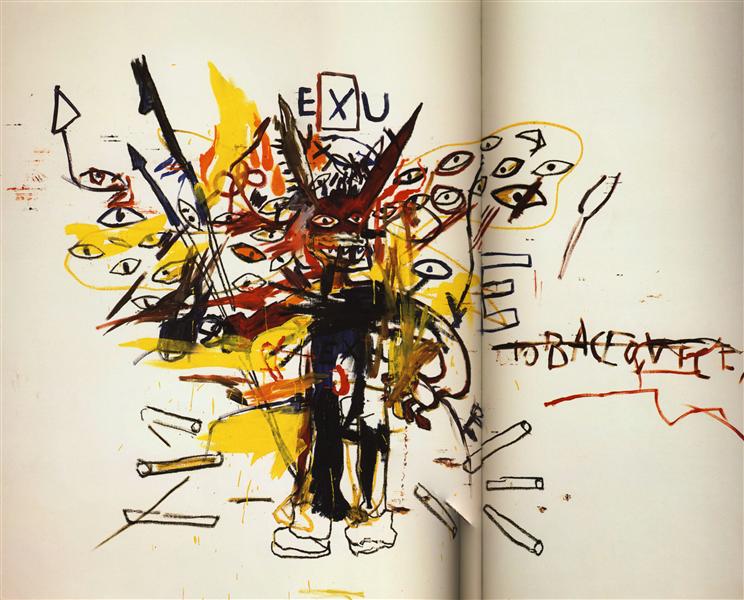
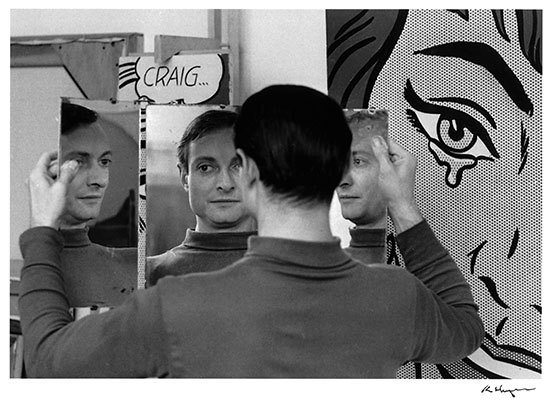
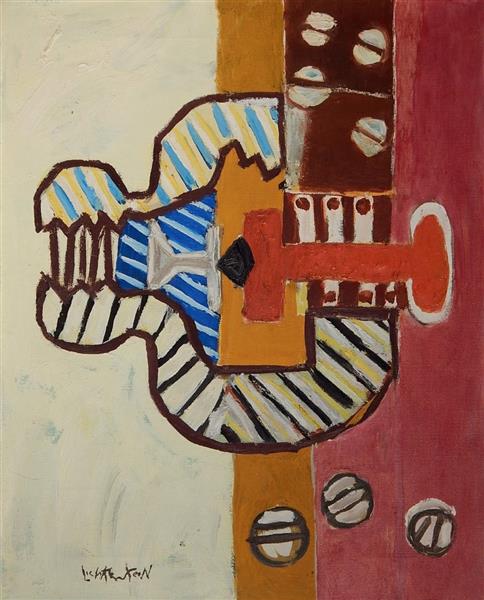

.jpg)
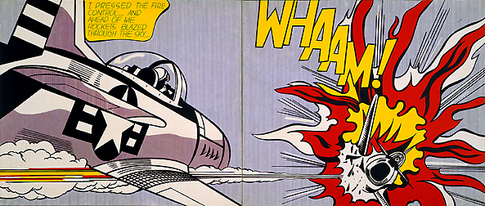
.jpg)
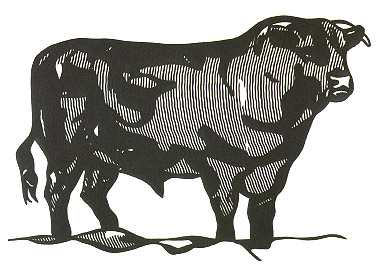

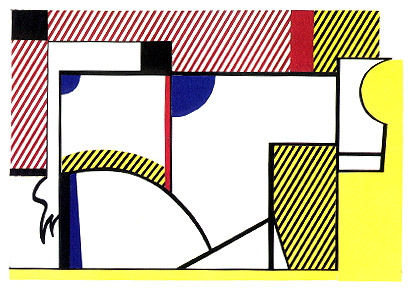
.jpg)
